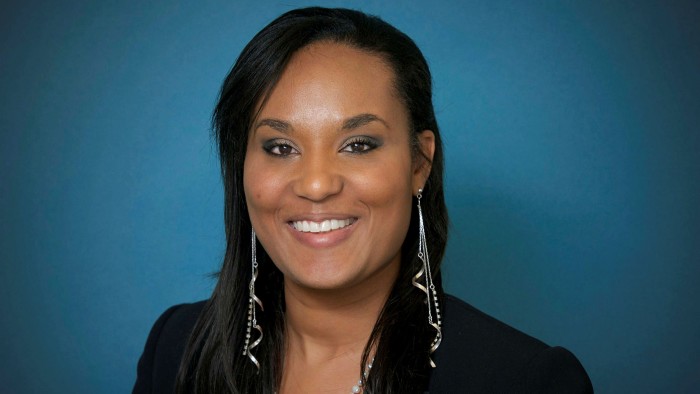UK firms grapple with ethnicity pay gap reporting

Roula Khalaf, Editor of the FT, selects her favourite stories in this weekly newsletter.
Rebecca Burford was aware that she was one of a small number of ethnic minority partners in her law firm. But it was only when the firm began publishing its ethnicity pay gap data that she discovered how much more, on average, her white colleagues were earning.
Her firm — Charles Russell Speechlys — is one of a growing number of UK businesses to have started publishing its ethnic pay gap, showing the average difference in pay per hour between black, Asian and minority ethnic employees, and their white peers. The figures can make for uncomfortable reading: in the case of CRS, white partners earn an average 34.8 per cent more.
But a growing chorus of voices in the City of London says gathering and reporting this data is a vital step towards boosting representation, and should be mandatory.
“You need to have the data and a starting point in order to understand where you are and whether there is a problem — and, if there is a problem, what you are going to do to fix it,” says Burford, who is a member of the Law Society’s ethnic minority lawyers committee.
Unlike the gender pay gap, there is no legal requirement for companies in the UK to publish their ethnicity pay gap. However, the government has been urged by unions and business lobbies to introduce mandatory reporting as an “obvious first step” to tackling racial inequality.
They have called on the government to go beyond the recommendations of the Commission on Race and Ethnic Disparities, which backed away from advising mandatory reporting.
MPs debated the issue in Parliament in September and firms including audit giant KPMG have argued in favour. The government has been weighing the matter since 2018, but appears no closer to a decision.
In the meantime, some companies are taking it upon themselves to report their ethnic pay gaps. According to a survey by PwC last year, almost 70 per cent of 100 large UK businesses surveyed are now collecting ethnicity data, up from 53 per cent in 2018, and 23 per cent of respondents are also calculating their ethnicity pay gap, up 18 percentage points.
Many of the largest international law firms with a base in London are among those who have chosen to report. Alison Brown, executive partner at Herbert Smith Freehills, says: “It is only by understanding the status quo, however uncomfortable it may be, that we will be in a position to deliver meaningful change.”
HSF’s most recent figures reveal minority ethnic partners and employees, combined, earned 22.5 per cent less than white colleagues on a median basis. The figures point to a much lower number of ethnic minority partners in senior positions: in the top quartile, in which partners are grouped, the gap is 53.6 per cent.
More stories from this report
Jo Dooley, London head of diversity and inclusion at Allen & Overy — which places 311th on the FT ranking — says racial and ethnic representation is a “strategic priority” for the firm.
“The pay gap is one of the measures we use to tell us whether the work we are doing is having an impact beyond the surface level.”
City regulators hope that plans to bring diversity targets under financial regulation will boost representation, including linking managers’ pay to their performance on inclusion goals. In a July paper, the Bank of England and Financial Conduct Authority proposed introducing targets for under-represented groups on boards.
But not everyone is keen to report pay gaps. The Commission on Race and Ethnic Disparities report this year pointed to statistical issues with ethnicity pay gap reporting, and said employers choosing to publish such data should take care to break figures down by different ethnic groups.
Companies also report difficulties in gathering accurate data. They cannot force staff to provide it, and complexities abound in the way in which employers choose to categorise races and nationalities. Incomplete data sets also make for unreliable results.
“The lack of any legislation or even guidance makes it difficult for employers to know what to do,” says Tom Heys, a gender and ethnicity pay gap reporting expert at Lewis Silkin. “Should they calculate a single ‘non-white’ gap, or look at different ethnicities separately? What should employers do when large proportions of their workforce aren’t providing their ethnicity data?
“Any sort of pay gap reporting will only be effective when all involved are playing by the same set of rules,” he says.
Nevertheless, according to Brown at HSF, mandatory reporting “is a vital step on the journey of understanding what firms need to do to attract and retain the best people”.
Comments